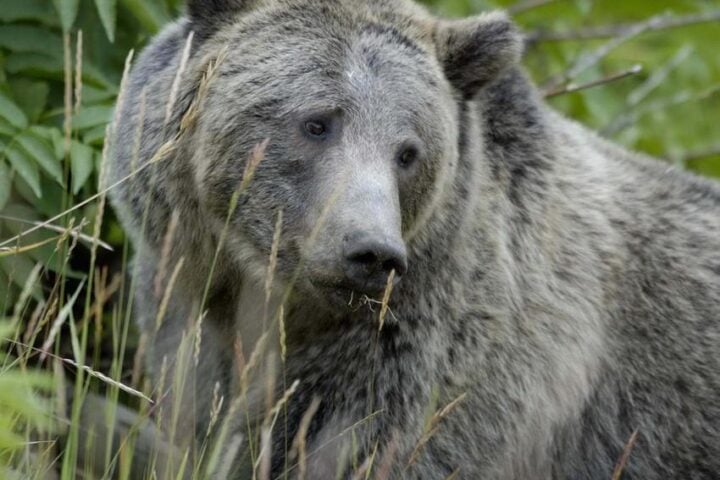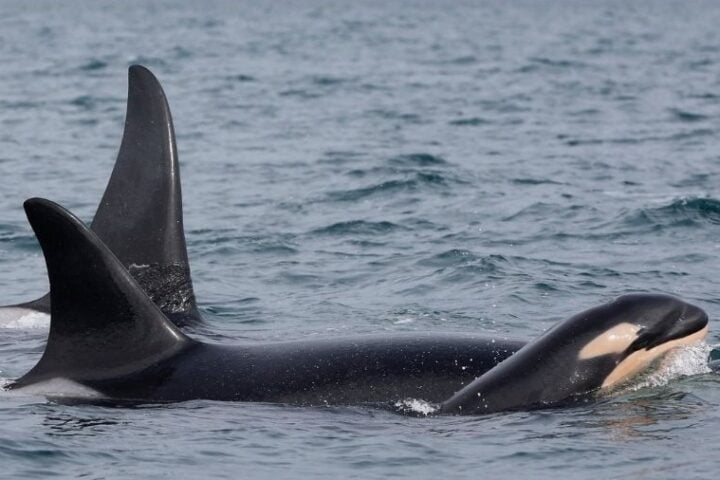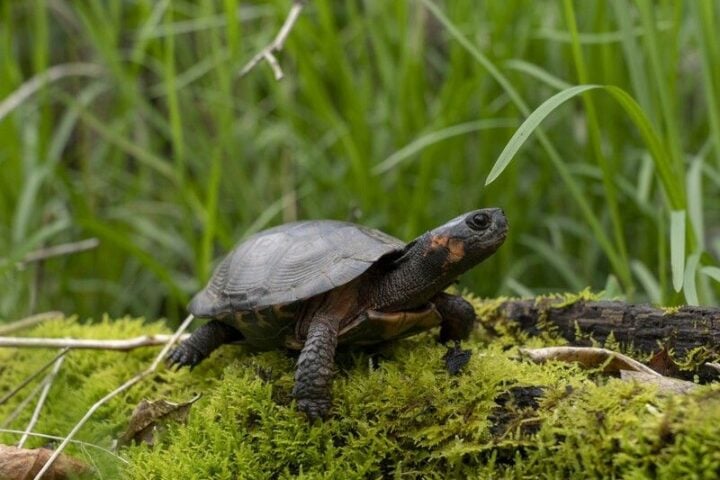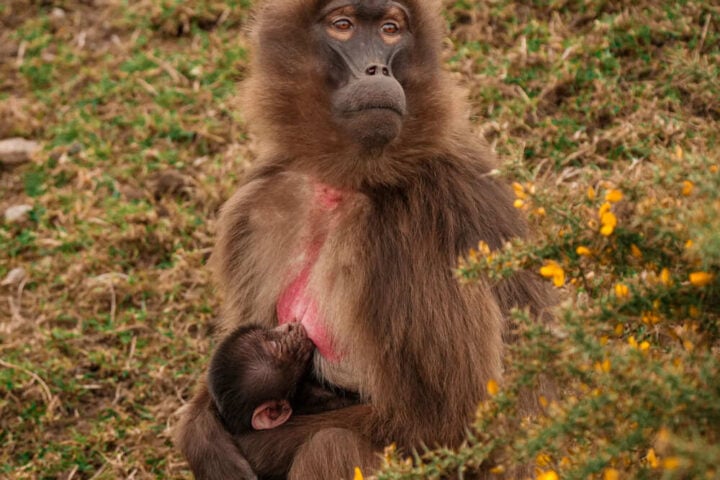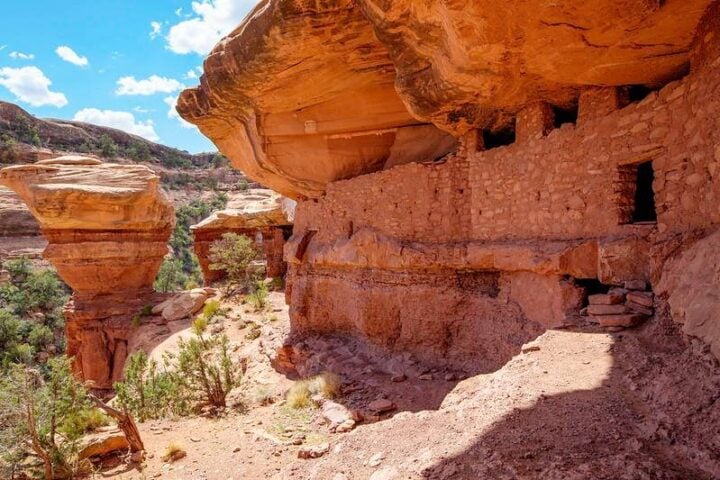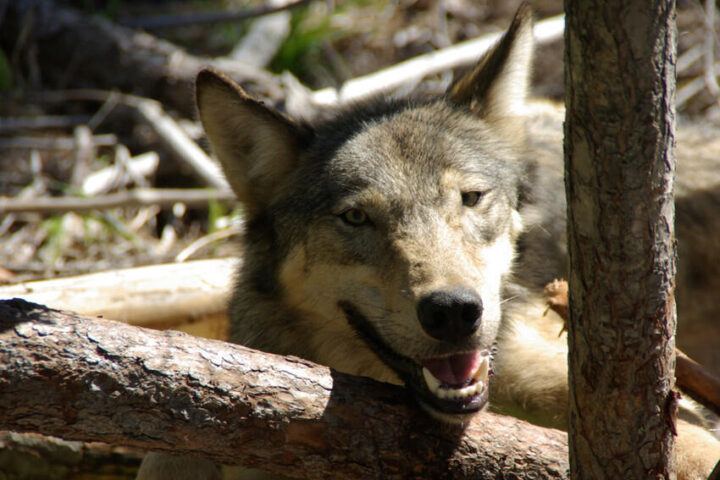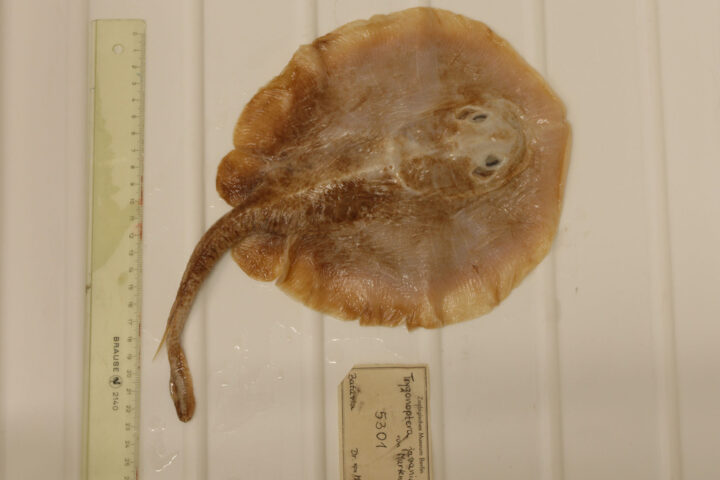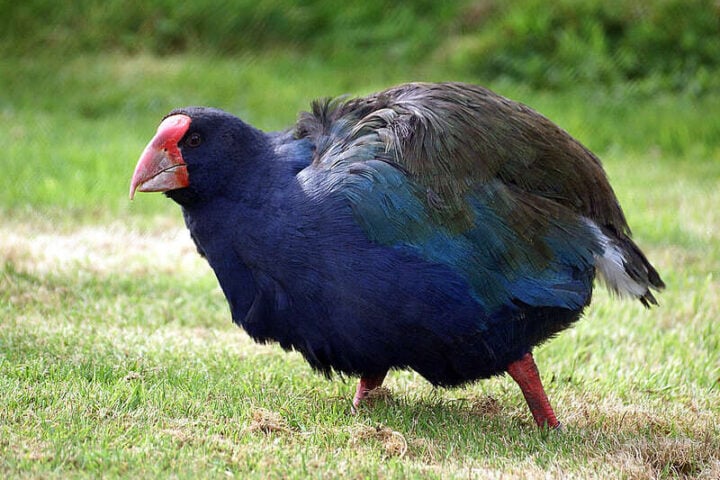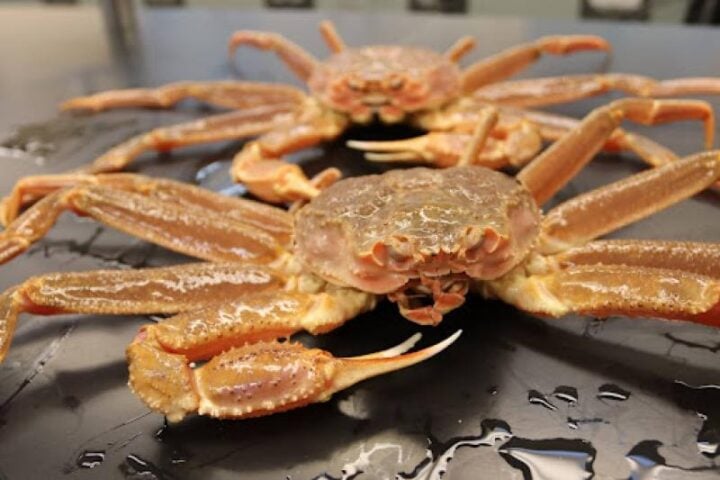A tiny yellow flower found only in East Texas now has a fighting chance at survival. The U.S. Fish and Wildlife Service (FWS) approved a final recovery plan on April 8, 2025, for the Texas golden gladecress, a rare wildflower that grows nowhere else in the world.
This small but mighty plant calls home to a special type of ground called Weches glades – open, treeless areas with unique soil in San Augustine and Sabine counties. A third population once grew in Nacogdoches County but has since disappeared.
This rare plant represents a vital piece of Texas’s natural heritage, being found nowhere else in the world.
The plant faces serious threats. Mining operations dig up the special greenish soil (called glauconite) for road materials. Oil and gas development, cattle grazing, and tree farms also harm the places where this flower grows. By 2011, half of all known populations had already been lost to quarrying and oil activities.
Today, only three natural populations remain, each with fewer than 500 plants. That’s why the new plan focuses on protecting existing sites and finding new ones.
Similar Posts
The recovery plan has clear goals: save current populations, manage their habitat better, and collect seeds as backup. But there’s a catch – most of these flowers grow on private land. This means success depends heavily on landowners choosing to help.
The success of the recovery plan depends heavily on cooperation from private landowners, as their land holds the key to this species’ future.
The plan outlines practical steps. Scientists will check on the plants yearly to track their health. They’ll study how the flower lives and grows. Teams will look for more populations in similar habitats nearby.
The Texas golden gladecress isn’t just any endangered species. It’s part of a rare wetland community that appears and disappears with the seasons. When winter rains come, these glades become temporary wetlands. By summer, they dry out completely. This unusual pattern creates perfect conditions for the gladecress and other rare plants that most places can’t support.
Recovery won’t happen overnight. The flower needs to reach certain population goals before it can be taken off the endangered species list. But with careful planning and community support, this unique piece of Texas wilderness has a better shot at survival.
For landowners interested in helping, the Texas Coastal and Central Plains Ecological Services Field Office provides guidance on voluntary conservation opportunities. These can include management guidance and conservation options while keeping the land in private hands.
The Texas golden gladecress blooms between February and May, painting patches of its glade home with bright yellow flowers. Each plant lives just one year, making every growing season crucial for its survival. The seeds it produces must survive to sprout again the next spring.
Seed banking efforts serve as insurance against disasters that might affect wild populations. With such low numbers, protecting every population is crucial for the species’ survival.
The plan reflects a modern approach to species recovery. It looks at three key factors: having enough plants to weather tough times, maintaining multiple populations as backup, and preserving the species’ genetic diversity. These elements give the Texas golden gladecress its best chance at long-term survival.
The recovery plan aims to ensure this rare piece of Texas’s natural heritage continues to bloom for future generations through careful planning and community involvement.
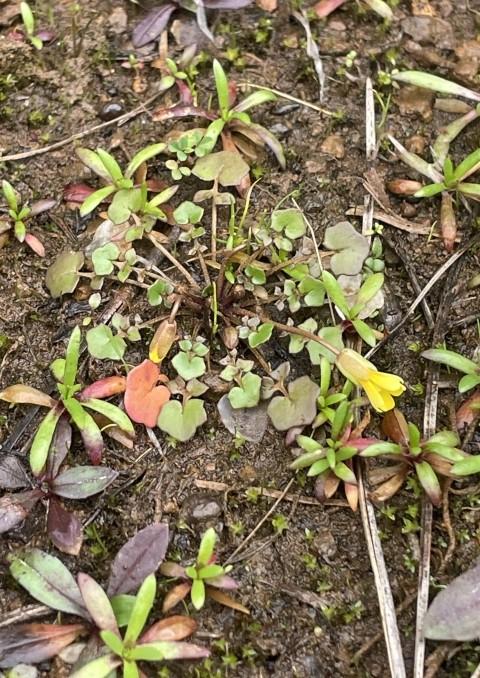


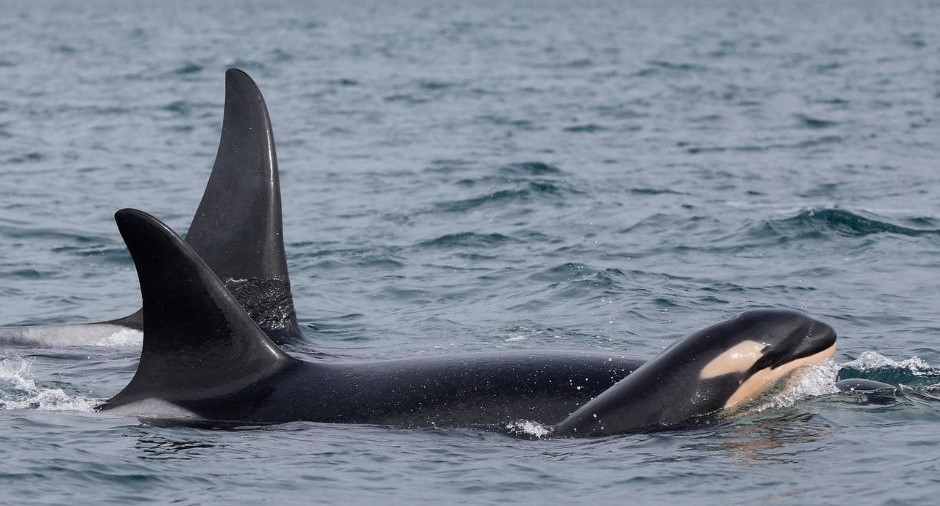
![Representative Image: European Starling [49/366]. Photo Source: Tim Sackton (CC BY-SA 2.0)](https://www.karmactive.com/wp-content/uploads/2025/04/Starlings-Drop-82-in-UK-Gardens-as-Birdwatch-2025-Reveals-Record-Low-Count-Since-1979-720x480.jpg)
